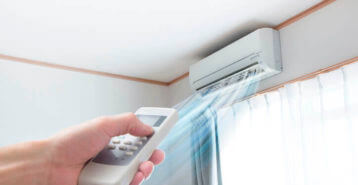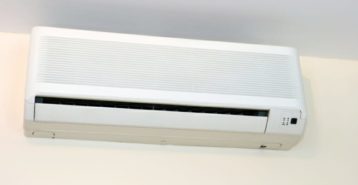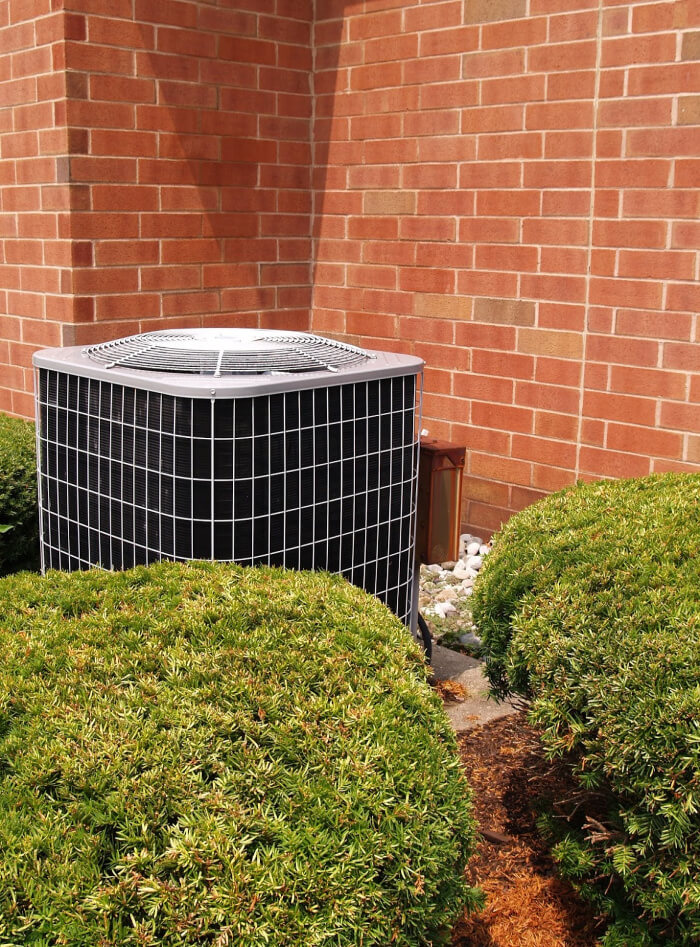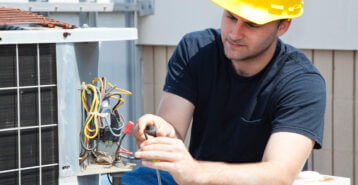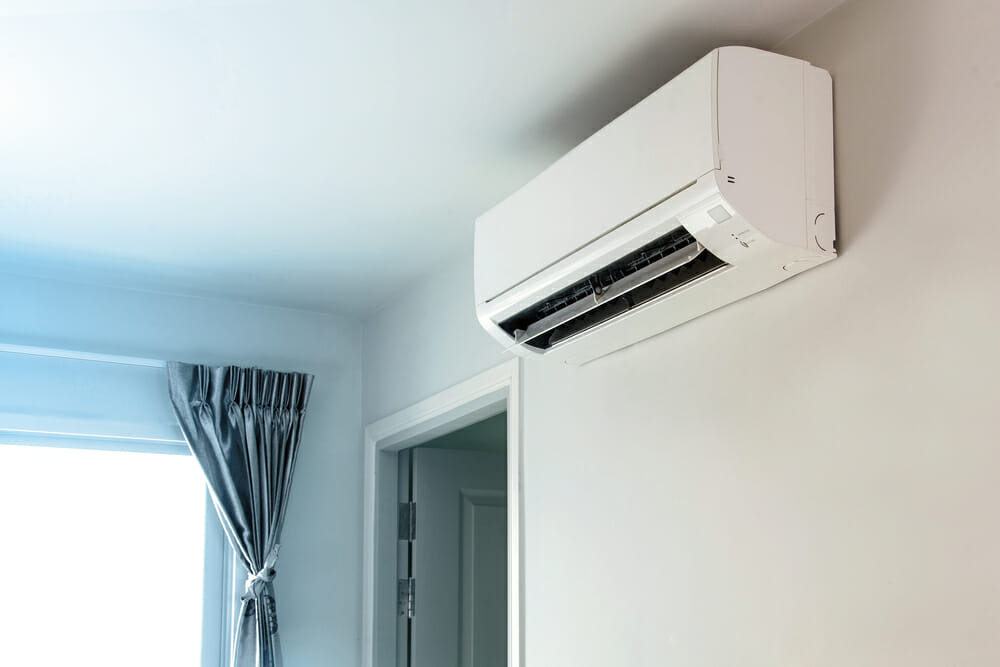How Do Air Conditioners Work?
Understanding how air conditioners work is essential for homeowners considering a new system or seeking to maintain their current one. At their core, air conditioners function similarly to refrigerators but are designed to cool entire homes rather than small, insulated spaces. They achieve this by removing heat from indoor air and releasing it outside, thereby lowering the indoor temperature. Air conditioners operate by circulating refrigerant through a cycle of evaporation and condensation. This process involves several key components working together to transfer heat from inside your home to the outdoors.
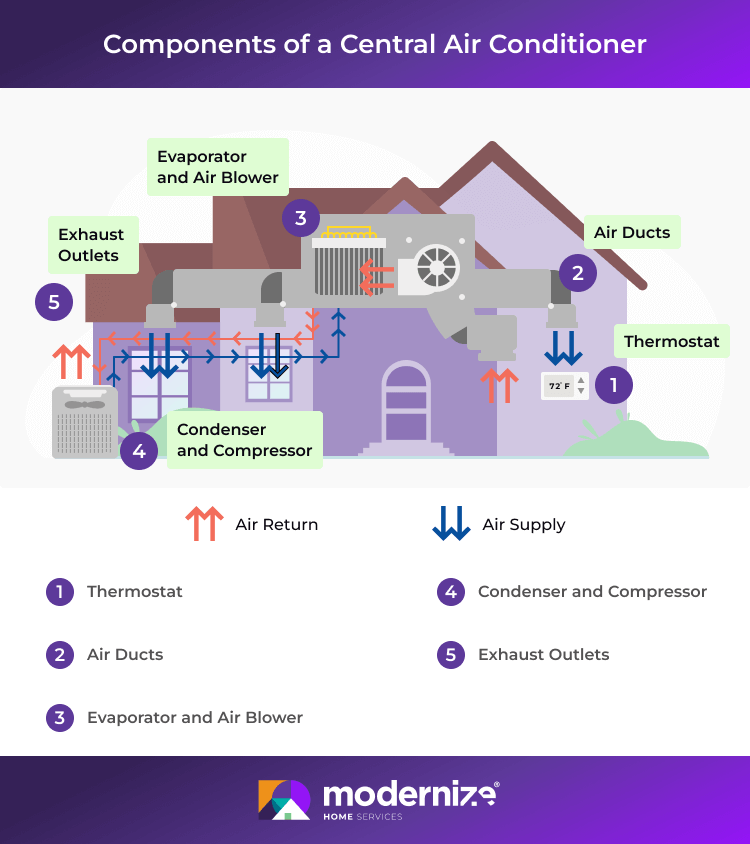
How Central Air Conditioners Work: A Step-by-Step Process
An air conditioning system utilizes a chemical called refrigerant to cool your home. The air conditioning components work in unison by converting the refrigerant from a liquid to a gas to a liquid again through the process of evaporation.
- Thermostat Activation: When the indoor temperature rises above your set point, the thermostat signals the air conditioner to turn on.
- Air Intake: Warm indoor air is pulled into the system through return ducts and passes over the evaporator coil.
- Heat Absorption: The evaporator coil, filled with cold refrigerant, absorbs heat from the air and cools it.
- Air Distribution: The cooled air is then pushed back through your home’s ductwork and released through supply vents.
- Refrigerant Compression: The refrigerant, now warmed from absorbing heat, travels to the outdoor unit. There, the compressor pressurizes it and raises its temperature.
- Heat Release: The hot, pressurized refrigerant flows through the condenser coil, releasing its heat outside with the help of the condenser fan.
- Cycle Repeats: The refrigerant cools down, returns to a liquid state, and cycles back to the evaporator coil to start the process again.
The process continues until the inside temperature matches your programmed thermostat setting. Once the thermostat senses the desired temperature, it shuts off the air conditioning system. When the indoor temperature rises above your programmed setting, the thermostat signals the system to turn back on and cool the air.
How do Different Types of Air Conditioners Work?
In addition to traditional central air conditioners, there are several other types of AC systems designed to meet different home layouts, budgets, and cooling needs:
- Portable Air Conditioners: These freestanding units pull heat from the air in a single room and exhaust it outside through a hose. The hose is usually vented out a window. Portable units are ideal for renters or small spaces where permanent installation isn’t possible.
- Ductless Mini-Split Systems: A mini-split system includes an outdoor compressor and one or more indoor air handlers. It transfers refrigerant between the units to cool specific zones without ductwork. This makes it a great option for older homes or additions without existing ducts.
- Multi-Split Systems: Similar to mini-splits, multi-split systems connect one outdoor compressor to multiple indoor air handlers. This setup allows you to control the temperature in different rooms or zones independently.
- Heat Pump Split AC Units: These systems work like standard split AC systems but include a heat pump. This allows them to cool and heat your home. Heat pump systems work best in regions with mild winters.
- Window Units: Installed in a window, these self-contained systems draw heat from the room and expel it outside. At the same time, they blow cooled air inside. They’re an affordable solution for cooling a small space or single room.
- Evaporative Coolers: Also called swamp coolers, these systems cool the air by pulling it through water-soaked pads. This process lowers the air temperature through evaporation. They work best in hot, dry climates.
- Whole-House Fans: Unlike air conditioners, whole-house fans pull cooler outdoor air into your home. They then exhaust warm indoor air through attic vents. These fans can quickly lower indoor temperatures and are often used as a supplemental cooling option.
AC Unit Key Components
An air conditioning system consists of several essential parts that work together to cool your home.
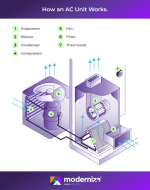
- Evaporator Coil: Located inside your home, the evaporator coil absorbs heat from the indoor air. As warm air passes over the coil, the refrigerant inside evaporates into a gas, pulling heat from the air and cooling it.
- Blower (Fan in Air Handler): The blower fan sits inside the air handler. It moves air across the evaporator coil, cooling it. Then, the blower circulates the cooled air through your home’s ductwork and vents.
- Condenser Coil: Located outside your home, the condenser coil works with the compressor to release heat. As the refrigerant passes through the coil, cooling fins help remove the heat and expel it outdoors.
- Compressor: Often called the heart of the system, the compressor pressurizes the refrigerant into a hot, high-pressure gas. It then sends the refrigerant to the condenser coil to release the heat.
- Condenser Fan: The fan in the outdoor unit helps cool the refrigerant by blowing air over the condenser coil. This process removes the heat absorbed from inside your home.
- Air Filter: Positioned near the air handler, the air filter traps dust, debris, and allergens from the air. The filter removes dust and debris before the airflow reaches the evaporator coil, helping maintain proper circulation and efficiency.
- Thermostat: The thermostat monitors the indoor temperature to maintain your desired comfort level. When the air gets too warm or cool, it signals the air conditioner to turn on or off. It’s typically located in a central area, away from windows or drafts.
Perform regular maintenance on these components to keep your air conditioner running efficiently. Schedule annual check-ups with a professional HVAC contractor to make sure your system stays in top condition. Also, remember to replace your air filter regularly. A clean filter helps maintain airflow, reduces energy use, and improves your home’s indoor air quality.
Compare top-rated HVAC pros in your area.
Read real homeowner reviews, explore qualifications, and view promotions. Modernize makes it easy to browse professionals and find one that will be perfect for your project.



